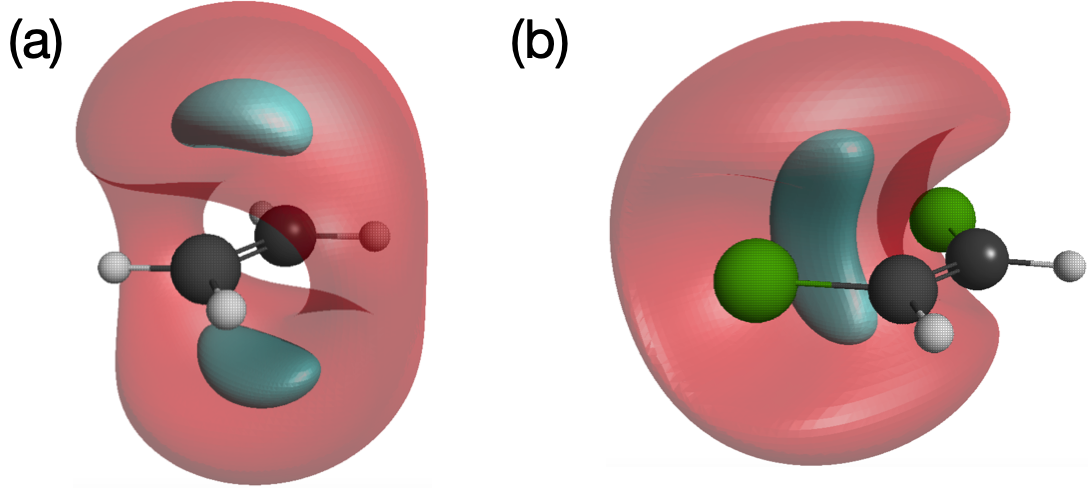The positron is the simplest piece of antimatter. Its characteristic signature is usually in the form of two 511 keV gamma quanta produced when it annihilates with an electron. The annihilation signal is key to almost all positron studies and applications, from detecting antimatter in our galaxy to checking for tumors or Alzheimer’s disease in PET (Positron Emission Tomography) scans, or as a diagnostic in heavy-ion radiotherapy. Positron annihilation is used to map the shape and topology of Fermi surfaces in metals, study voids and defects, but can also and probe intramolecular vibrational relaxation in polyatomic molecules.
At QUB, we develop theoretical approaches to positron interactions with atoms, molecules and solids. We use many-body theory methods to describe crucial electron-positron correlation effects , which give rise to strong attraction between positrons and various targets. In particular, this attraction leads to formation of positron bound states with atoms and polyatomic molecules , gives rise to vibrational Feshbach resonances and leads to dramatic enhancements of positron-molecule annihilation rates .

Figure: Wavefunctions of positron bound states with (a) ethylene, and (b) cis-1,2-dichloroethylene
The most recent advance is there development of a many-body-theory approach to positron interactions with molecules , which has enabled unprecedented ab initio calculations of positron bound states with many molecules, providing best agreement with experimentally measured positron binding energies.
KEY RECENT PUBLICATIONS:
1. A. R. Swann and D. G. Green, Maxwellianization of positrons cooling in CF4 and N2 gases, Phys. Rev. Lett 130, 033001 (2023)
2. J. Hofierka, B. Cunningham, C. M. Rawlins, C. H. Patterson, and D. G. Green, Many-body theory of positron binding to polyatomic molecules, Nature 606, 688 (2022)
3. A. R. Swann and G. F. Gribakin, Effect of molecular constitution and conformation on positron binding and annihilation in alkanes, J. Chem. Phys. 153, 184311 (2020)
4. A. R. Swann and G. F. Gribakin, Positron binding and annihilation in alkane molecules, Phys. Rev. Lett 123, 113402 (2019)
5. D. G. Green, A. R. Swann, and G. F. Gribakin, Many-body theory for positronium-atom interactions, Phys. Rev. Lett. 120, 183402 (2018)
FUNDING:
ANTI-ATOM, Many-body theory of antimatter interactions with atoms, molecules and condensed matter, ERC Starting grant (2019-24)
